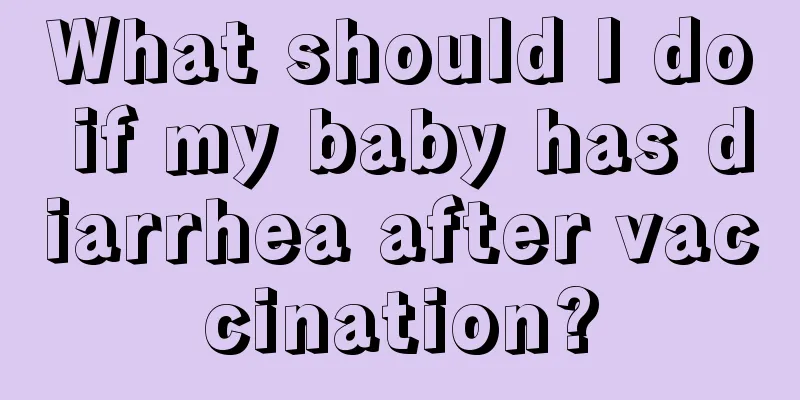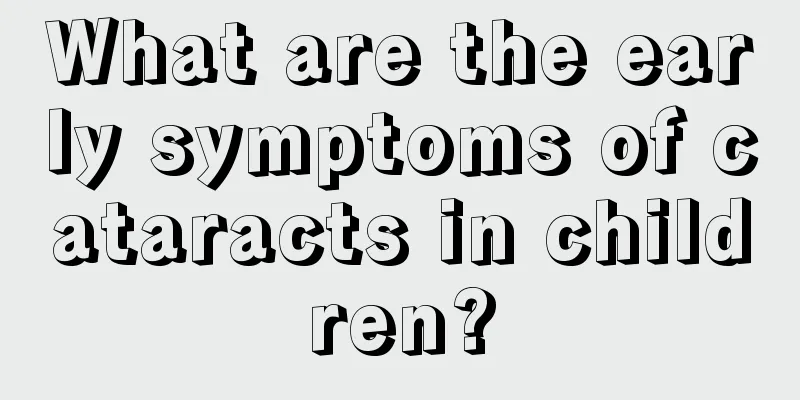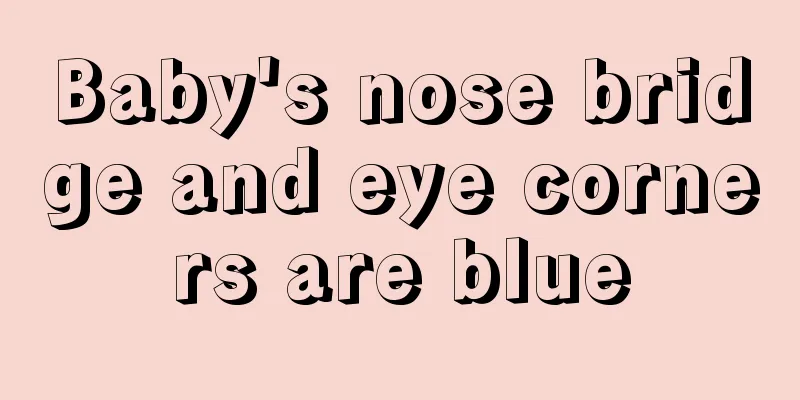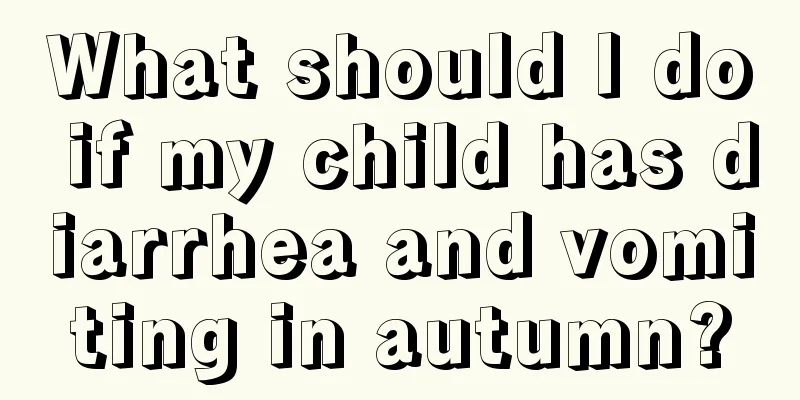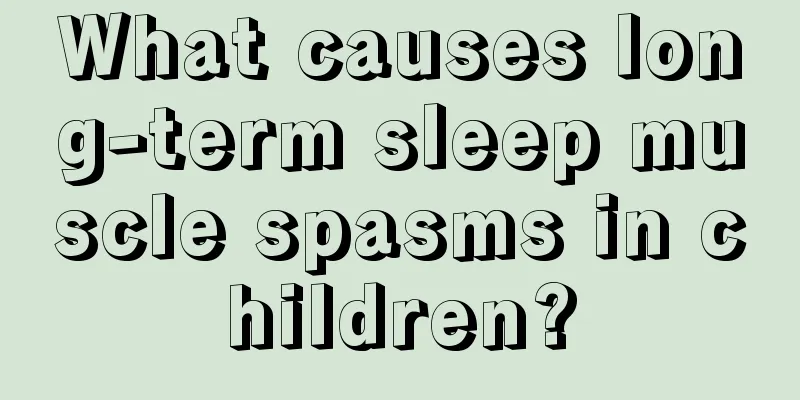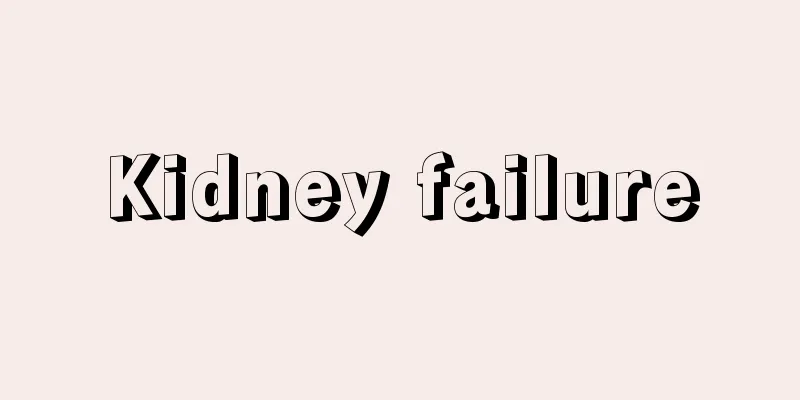What to do if a 10-year-old child has a persistent high fever
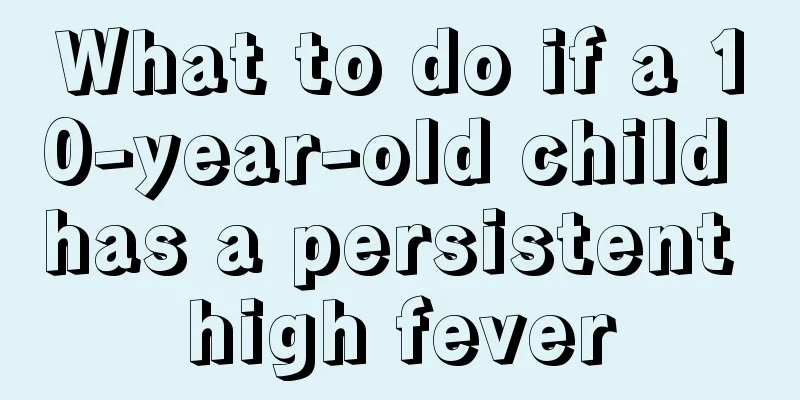
|
High fever is very common, usually caused by cold or viral infection. It is unavoidable for both adults and children. However, for a 10-year-old child, a high fever that won't go away is very worrying and anxious for parents. I am worried that my child’s high fever will affect his brain development, and I am afraid that the high fever will cause side effects. So what should I do if this happens? If the body temperature is above 38.5℃, take antipyretics every 4 to 6 hours. After taking the antipyretics, give the child plenty of warm boiled water to help sweat and reduce fever. Physical cooling methods can also be used, such as alcohol rub baths, cold water bag application to the forehead, etc. For malnourished and weak children, it is not advisable to take antipyretics or alcohol rub baths. Warm water rub baths can be used to reduce the temperature. Warm water bath method to reduce fever: Soak a towel in 37-degree warm water and wipe the child's whole body. This will dilate the blood vessels in the baby's skin, thereby playing a role in heat dissipation. After wiping once, wipe it a second time, and continue until the skin's temperature drops significantly. The water in the skin can also absorb heat when evaporating, and the effect is also good. A good recipe for reducing fever: remove the leaves of coriander and leave the stems and roots of 3-4 pieces, 2-3 slices of white radish, 1-2 slices of ginger, add rock sugar and water and boil for 15 minutes. Wait until the temperature reaches a suitable level and give it to your child to drink. The child will sweat and reduce fever after drinking it. The effect is very good. Natural food therapy, no side effects. If a child has a high fever that won't go away, the methods introduced above can have a significant fever-reducing effect. In addition, you can also use sliced ginger to rub the child's chest to cool down. If the high fever has not been significantly relieved, it is necessary to go to the hospital for relevant examinations to understand what disease caused the high fever and symptomatic treatment to reduce the fever. |
<<: What to do if a 12-year-old child has a persistent high fever
>>: How to prevent malnutrition in children
Recommend
What should I do if my baby's calf is red and swollen?
In real life, babies not only need to take care o...
What is the cause of positive occult blood in infant stool?
Babies who are too young have no self-control and...
Secret recipes for preventing and treating common diseases in children
Here are some secret recipes for preventing and t...
There are actually these reasons why children bite their nails. Parents should take a look
Biting nails is a habit that many children have, ...
What to do if a 10-year-old child is anemic
The symptom of anemia in 10-year-old children is ...
How to prevent severe pneumonia in children?
Spring is a high-incidence season for respiratory...
What are the common diseases of newborns?
People who work every day are busy going to and f...
What are the symptoms of gastroenteritis in children?
In summer, the weather is hot, so some foods are ...
What's wrong with a 16-month-old child who still can't speak?
Why does a child not speak at 16 months old? In f...
Children grow new teeth without losing old teeth
What happens when a child grows new teeth but the...
What to do if your baby has diarrhea due to bacterial infection
Many people suffer from diarrhea. A common cause ...
Why is the platelet count in newborns high?
Generally, high platelet count is caused by infla...
Why do children have late teething?
Everyone knows that children grow teeth, especial...
What to do if children have bronchitis and asthma?
Asthma is a heterogeneous disease characterized b...
False menstruation for baby girls
Menstruation is a sign of a woman's physical ...

